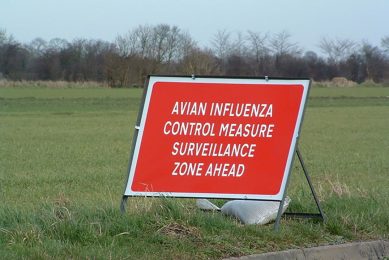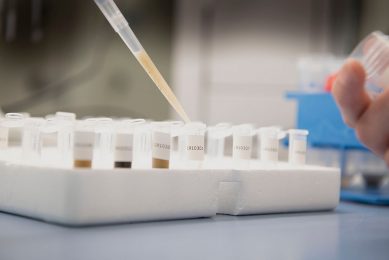USDA proposes rule for animal disease traceability
The US Department of Agriculture’s Animal and Plant Health Inspection Service (APHIS) has issued a proposed rule to establish general regulations for improving the traceability of US livestock moving interstate when animal disease events take place.
“Through the past two years, I have listened carefully to stakeholders throughout the country about how to reach effective animal disease traceability in a transparent manner without additional burden,” said Agriculture Secretary Tom Vilsack. “We are proposing a flexible approach in which states and tribes can develop systems for tracing animals that work best for them and for producers in their jurisdiction. This approach offers great flexibility at the state and local level and addresses gaps in our disease response efforts.”
Under the proposed rule, unless specifically exempted, livestock moved interstate would have to be officially identified and accompanied by an interstate certificate of veterinary inspection or other documentation, such as owner-shipper statements or brand certificates. The proposed rule encourages the use of low-cost technology and specifies approved forms of official identification for each species, such as metal eartags for cattle. However, recognising the importance and prevalence of other identifications in certain regions, shipping and receiving states or tribes are permitted to agree upon alternative forms of identification such as brands or tattoos.
“Our proposal strives to meet the diverse needs of the animal agriculture industry and our State and tribal partners, while also helping us all reach our goal of increased animal disease traceability,” said chief veterinary officer for the United States, Dr. John Clifford. “We believe reaching our goals on traceability will help save the industry and American taxpayer’s money in the long term.”
Animal disease traceability, or knowing where diseased and at-risk animals are, where they’ve been, and when, is very important to make sure there can be a rapid response when animal disease events take place. An efficient and accurate animal disease traceability system helps reduce the number of animals involved in an investigation, reduces the time needed to respond, and decreases the cost to producers and the government.
The USDA will accept comments about the proposal for the next 90 days.
Source: USDA APHIS
Join 31,000+ subscribers
Subscribe to our newsletter to stay updated about all the need-to-know content in the poultry sector, three times a week. Beheer
Beheer








 WP Admin
WP Admin  Bewerk bericht
Bewerk bericht